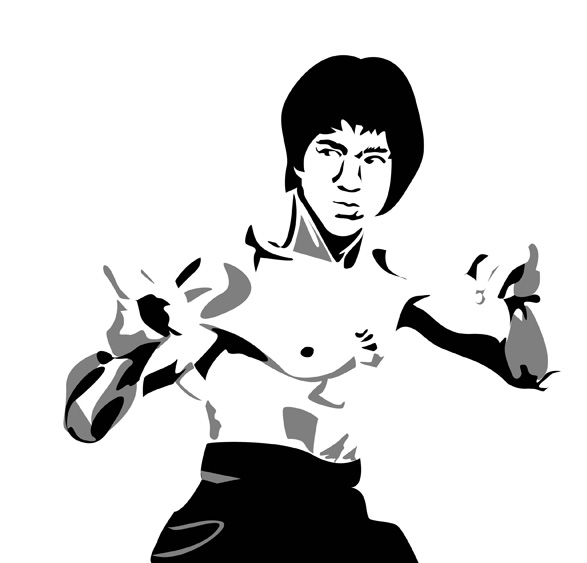It’s the closest you can get to floating: the light whisper of feet brushing over canvas, the natural rhythm of the body, and the push and pull of the dance. Everything quiets when you step on the floor; it’s just you and your partner.
I always get weird looks when I characterize my favourite sport, because what follows can only be described as one of the most painful and violent activities ever practiced. Dislocated shoulders and elbows are expected; broken orbital bones are common; and it’s not a normal night unless one or both participants are covered in blood by the end of the evening.
I am, of course, talking about mixed martial arts (MMA)—and I love it.
MMA is, perhaps, the most misunderstood sport covered by major media outlets. It can be tough to see the appeal in an activity of which the only purpose appears to be putting the other person in a hospital bed. Fighting sports have been described as barbaric, chaotic, dangerous, and pointless.
I, on the other hand, vehemently disagree. This past weekend, the Ultimate Fighting Competition (UFC) hosted UFC 167, the 20th anniversary of the world-renowned MMA event. While the organization has not been immune to the parasitic presence of media—primarily seen through the superficial creation of “rivalries” and trivial muscle flexing—the essence of the sport has remained the same. Fighting cannot be about playing to the crowd or seeking the spotlight; the participants must remain locked-in at all times, or risk losing the contest. Once the referee drops his hand, the world quiets down and there exists nothing but the other person in the ring.
I appreciate martial arts the same way a sommelier savours wine, or a cigar expert smokes a Cuban. It may be strange to say that a sport that hits as hard as MMA has depths of accents and nuances, but it truly is all about the subtleties. Whether it’s Muay Thai, Brazilian jiu-jitsu, boxing, or wrestling, each specialty excels in the smallest of details: the half millisecond when an opponent drops their hand, the minor shift in hip position, the angle of foot placement, or the slight intake of breath before a jab. Similar to other art forms, it is the minutiae that gives fighting its beauty.
Martial arts are extremely intimate. It is the very definition of contact sport, which coincidentally is its biggest strength. There are no lies or pretenses within the ring; what you give within the lines is what you have. Contrary to appearances, this creates the highest level of respect between opponents. Losing within the ring allows for no excuses—defeat means you aren’t working hard enough. This breeds a culture of constant improvement and elevated skill—the holy grail of competitive sports.
I started martial arts when I was eight years old. My mom signed me up for karate class, and I hated it. However, as I grew older, martial arts anchored my life as things changed; I could always count on a good workout session to gather myself. My appreciation for the sport only grew as I became a sensei and began teaching karate; they say that getting your black belt only means that you’re ready to learn.
As I began to explore and experience other martial arts, I realized that they all shared a common theme: the values of hard work, patience, dedication, and respect. How can you not believe in the value of hard work when you see your technique improve after countless repetition? How can you not be humbled and develop respect for others when you’ve been tapped out a hundred times by those smaller than you?
Martial arts in every form embodies the beauty of sport in a very basic way. At its core, fighting is about maximizing your physical and mental potential, both in and out of competition. Whether it’s Ronda Rousey defeating her opponents through impeccable technique, Royce Gracie breaking the boundaries of Brazilian jiu-jitsu, or Bruce Lee living Jeet Kune Do as a philosophy for life, martial arts act as a vehicle for self-discovery and elevation. Fighting, as with all art forms, is never as simple and blasé as it first appears.









